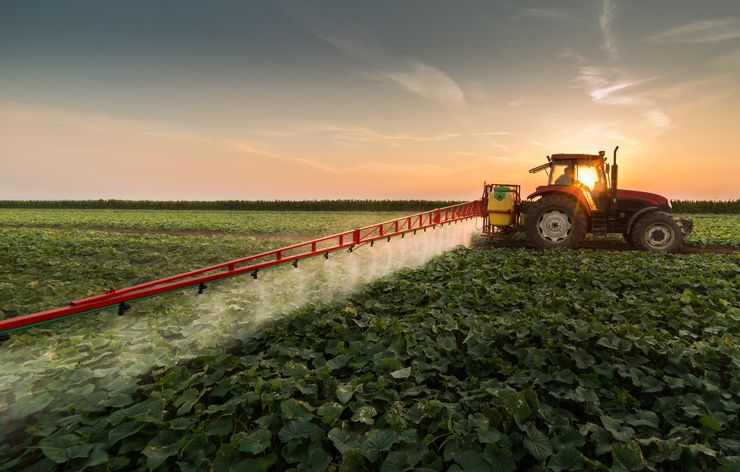The market for crop biological inputs is expected to be worth $18.5 billion in value by 2026, up from $10.6 billion today, as consumers, regulators, and farmers push for more sustainable food production methods.
However, ‘traditional’ chemical crop protection products will retain a larger share of the market and continue to increase in demand over the next five years – albeit at a slower pace of growth than biologicals.
Those are the findings of two recent reports into the crop protection industry published by market research firm Research and Markets.
Its analysis valued the global biological inputs market at an estimated $10.6 billion in 2021, with a predicted compound annual growth rate (CAGR) of 11.9% over the next five years to hit $18.5 billion by 2026.
Bionematicides, which target nematodes that can affect plants’ root systems, are slated to be the fastest-growing subsector within biologicals during that timeframe. Meanwhile, biocontrol agents — which include biological alternatives to chemical pesticides — are already the largest market segment within biologicals and are expected to remain so.
Research and Markets cites the “increasing trend [toward] organic farming, biotic and abiotic factors affecting plant growth, favorable government regulations” and environmental and health hazards associated with using chemical inputs as the key drivers behind growth in the biological inputs market.
Nevertheless, even in a world where adoption of ag biologicals is on the rise, it seems there will still be a large role for chemical products to play.
The global market for these more widely available inputs was worth $61.3 billion last year, and is projected to reach $73.5 billion by 2026 at a CAGR of 3.7% over the five-year period, according to the firm – with chemical-based herbicides expected to comprise the largest and fastest-growing subsector.
As such, if these predicted trends play out, the market for chemical synthetics will still be substantially larger than that for biologicals five years from now; though the latter will have grown at a much faster pace.
Research and Markets notes that while chemical inputs face a combination of both consumer and regulatory pressures, demand for them will continue; particularly from developing economies, where the trends of growing populations and rising demand for food, diminishing availability of agricultural land, and expanding export markets are most acute.
Some biological products can also be made more cost-effective for farmers when used in conjunction with chemical products as part of integrated pest management systems.
However, rising R&D costs along with aforementioned market and regulatory pressures — including bans on the use of certain pesticides — are likely to reduce any competitive advantage that chemical products have over emerging biological inputs.
US biological inputs startup Pivot Bio, which offers an alternative to traditional fertilizers by ‘programming’ microbes in the soil so that they produce more nitrogen, closed one of the top 20 biggest investment deals in agrifoodtech last year when it raised $430 million for its July Series D round led by DCVC and Temasek.
Other startups working on biological inputs that have raised funding of late include Biotalys, Boost Biomes, Kula Bio, and Sound Agriculture, to name just a few [disclosure: AFN‘s parent company AgFunder is an investor in Kula Bio.]




